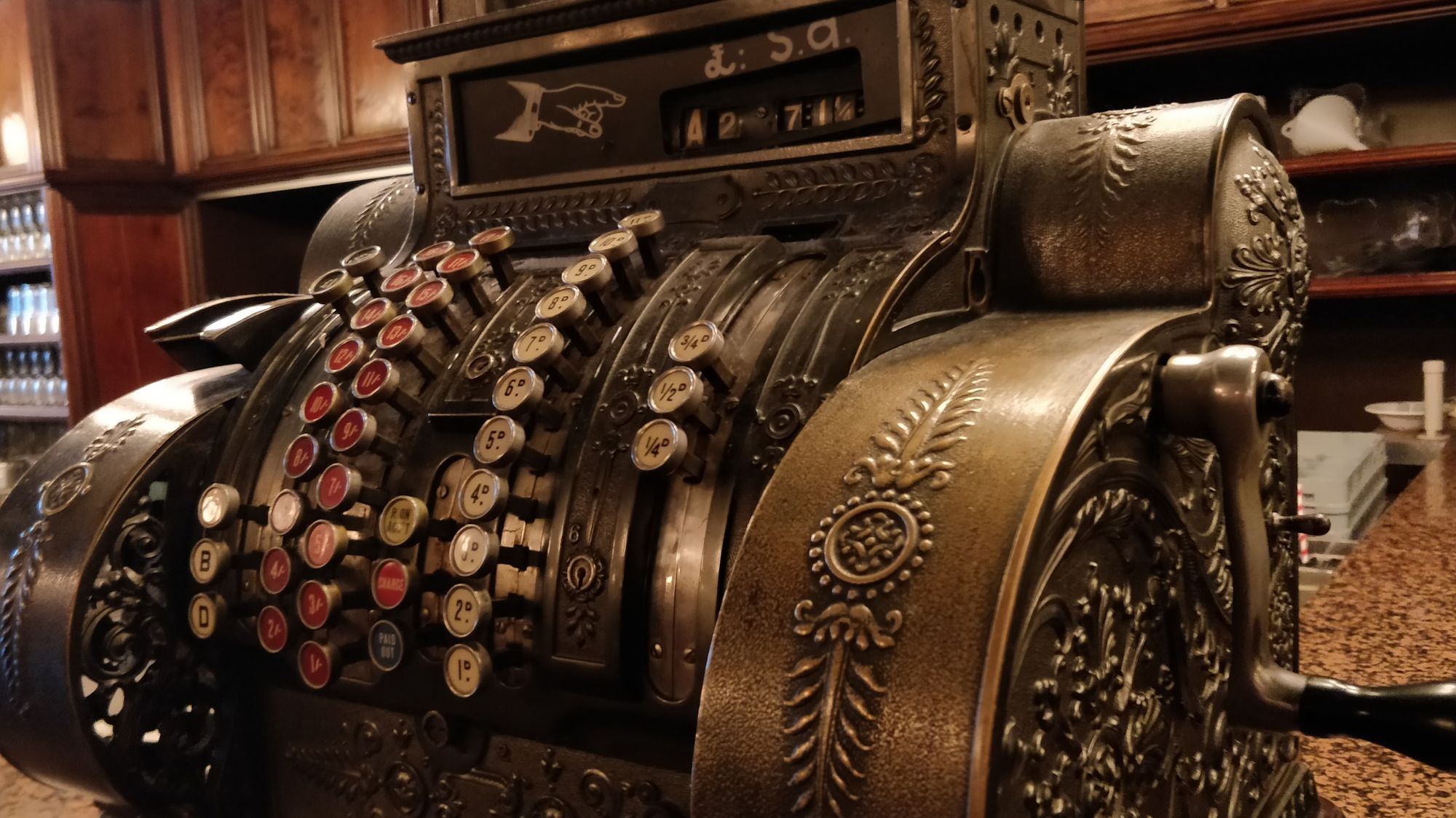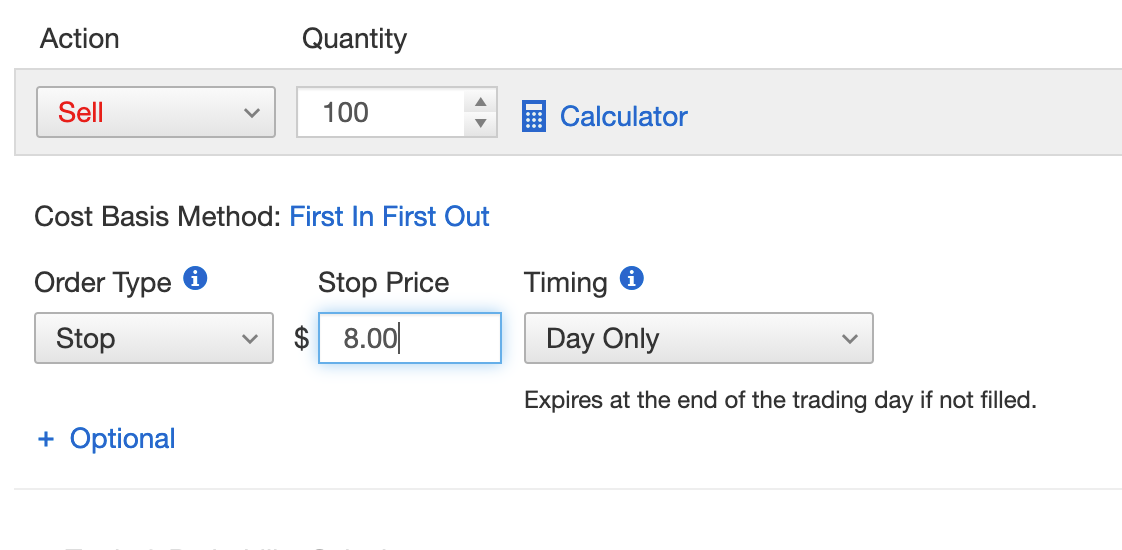Investing Basics: Standard Order Types

Many investors just starting out settle for something called a Market Order when placing a trade for a security. But what if you want to only buy a security at a certain price? Or what if you want to exit a position if a price of a security falls to a certain level? Well today is your lucky day as of all of this is possible and much much more!
While there are other order types that exist, I am going to focus on the most standard and common order types. Without further ado, I present Market Orders, Limit Orders, Stop Orders, and Stop Limit Orders.
Market Orders
This most simple and basic order type. This will execute a buy order at the current ask price, and a sell order at the current bid price. For more details on the bid and ask price, refer to my prior post.
This order is all but guaranteed to get filled (execute and go through), but it does not alway guarantee you are getting the best price for a security when buying and selling. In addition, this order type do not allow you to specify a price that you are willing to receive for the sale of a security nor a price you are willing to pay when buying.

Limit Orders
If you want buy or sell a security as a specific price regardless of the current bid/ask prices, you can submit a Limit Order. Because limit orders are set to execute as a specific price, there is no guarantee that they will execute right away or at all. In addition, Limit orders also carry the caveat of being partially filled. One key thing to note is that limit orders are still sent to the exchanges upon submission and can affect the overall big-ask spread.

Example
Stock ABC currently is trading at 11.00 and you wish to purchase 100 shares, but only want to pay 10.00 a share.
The current bid price for ABC is 10.90 and the Current Ask Price is 11.05. If you were to submit a market order for 100 shares, you will pay 11.05 per share. If you were to instead submit a buy limit order at 10.00 a share, your order will be sent to the exchanges but would not immediately execute as there is currently no market participant willing to sell 100 shares at 10.00 a share.
For this example, assume that later in the trading day, the price of ABC drops to 9.98 and the ask price at that very instance is 10.00. At this moment, your limit order would be filled and you will now own 100 shares of ABC at 10.00 per share assuming there are 100 shares available for purchase at 100.
If only 50 shares are available for purchase 10.00, your order will become partially executed. In this case, you will now own 50 shares of ABC at 10.00 per share but will still have a limit order active to purchase 50 more shares of ABC for 10.00 a share.
Similarly, if you want to sell you 100 shares of ABC for exactly 11.00 a share, you could submit a limit order to sell 100 shares at 11.00.
If the price never hits your limit price during the time the order is active (more of that in a future post) it will never execute.
Stop Orders
Also referred to as stop-loss orders, Stop Orders are typically used by traders to exit a position if the price of a security falls to a specific price. However, stop orders can also be used to buy shares. Like Limit Orders, stop orders become active at a specific price. However, they remain dormant and are not submitted to exchanges until their stop price (trigger price) is reached.
Once the stop price of a stop order is reached, a market order is submitted to the exchanges.

Example
You own 100 shares of ABC currently trading at 10.00 a share but would like to liquidate your position of ABC if the price of ABC drops to 8.00. To do this, you would submit a sell stop order to for 100 shares of ABC with a stop price of 8.00.
Time passes and the trade price of ABC hits 8.00 share with a bid price of 7.90 and an ask price of 8.02. At this point, a market order would be submitted to sell 100 shares of ABC. With the current bid price of 7.90 the 100 shares would be sold for 7.90 (the current bid price) due to the nature of the market order.
Conversely, in the buy case, you could set a stop order to buy 100 shares of ABC with a stop price of 8.00. In this example, when the trade price of ABC hits 8.00, a market order will be submitted to buy 100 shares and will be executed around the current ask price of 8.02 a share.
Stop Limit Orders
Almost identical to Stop Orders, Stop Limit Orders send a limit order (instead of a market order) to the exchanges when the stop price (trigger price) is reached.

Example
You own 100 shares of ABC currently trading at 10.00 a share but would like to sell your position of ABC for 8.10 a share if the share price of ABC drops to 8.00. To do this, you would submit a stop limit order to sell 100 shares of ABC with a stop price of 8.00 and limit price of 8.10.
Time passes and the trade price of ABC hits 8.00 per share with a bid price of 7.90 and an ask price of 8.02. At this point, a limit order would be submitted to sell 100 shares of ABC at 8.10. Because the limit order is above the current bid and ask, it will not get executed until a buyer is willing to pay 8.10 for your shares.
If the price of ABC continues to fall, your limit price may never be reached again during the time of you order carrying the risk of your order only being partially filled or not filled at all.
In the buy case, you could set a stop order to buy 100 shares of ABC with a stop price of 8.00 and a limit price of 7.50. In this example, when the trade price of ABC hits 8.00, a limit order will be submitted to buy 100 shares ABC at 7.50. Once again, due to the constraints of a limit order, it may never execute if ABC never hits the order's limit price of 7.50.
Takeaways
- Avoid using market orders whenever possible
- Limit, Stop and Stop Limit Orders are not alway guaranteed to execute.
- Limit orders are useful when you want to buy or sell at a specific price.
- Stop orders are a great way to set a predetermined exit point for a position.
- Stop orders have a higher chance to execute due to their use of a market order under the hood.
- All of these order types can be used for buying or selling securities.
- Practice using these order types with paper trading (fake money trading) before using on a real account.
Feel free to leave questions in the comments below or on twitter.
Happy Trading!